Deck & Commander Strategies

Ishai, Ojutai Dragonspeaker
Grow larger throughout the game by casting spells, leveraging its ability to become a potent threat that scales with opponents’ actions.
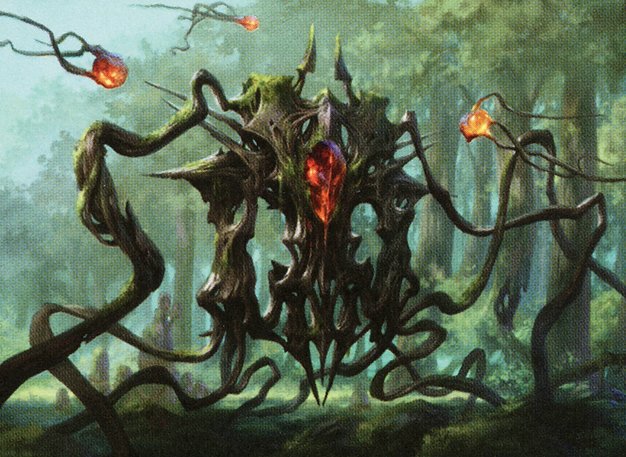
Kodama of the East Tree
Blink and protect creatures to generate value from enters-the-battlefield effects and maintain board presence.

Ashaya, Soul of the Wild
Utilize green creature recursion and ramp to establish a strong board presence with big creatures and tokens, then pressure opponents aggressively.

Damia, Sage of Stone
Control the board through disruption and card advantage, using Damia’s ability to refill the hand each turn and maintaining a steady stream of answers.

Trostani, Selesnya's Voice
Generate life and tokens, populating additional tokens to overwhelm opponents with wide board states and sustain through life gain.
Gameplay Insights
- 1
The exile of Ishai by Angel of Sanctions was a crucial tempo play, removing a growing threat and forcing its controller to recast it.
- 2
The use of Survival of the Fittest combined with discard outlets and recursion enabled efficient creature toolbox strategies, allowing for flexible answers and threats.
- 3
Glade-Muse created continuous card advantage through land plays and triggered draws on opponents' removal spells, fueling sustained resource advantage.
- 4
Lavinia of the Tenth was used to temporarily lock down low-cost permanents, slowing down aggressive board development.
- 5
Tactical use of flicker and bounce effects (e.g., Celestine Eulogist, Querying Ranger) protected key creatures and prevented unfavorable removal.
- 6
The interaction between Necromancy and Draining Whelk created a control element that countered opposing creatures and spells, disrupting combo or aggressive plays.
- 7
Players leveraged token generation and populating abilities to maintain board presence even after mass removal or combat exchanges.
- 8
Strategic sequencing of combat and removal spells maximized damage dealt while minimizing losses, showcasing careful timing and resource management.
Notable Cards
-
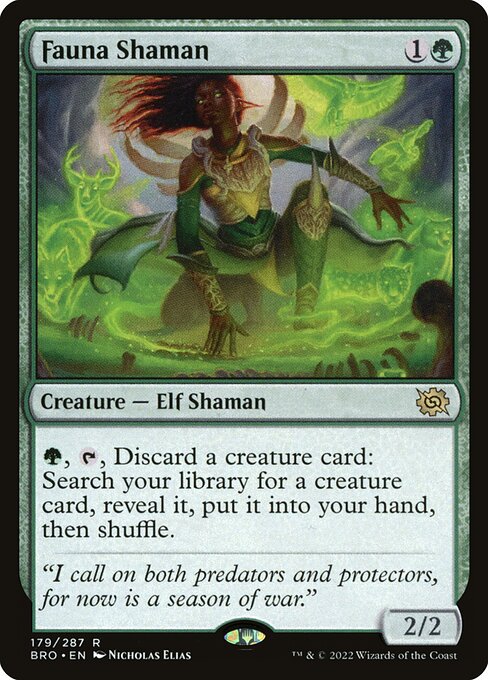
Fauna Shaman
-
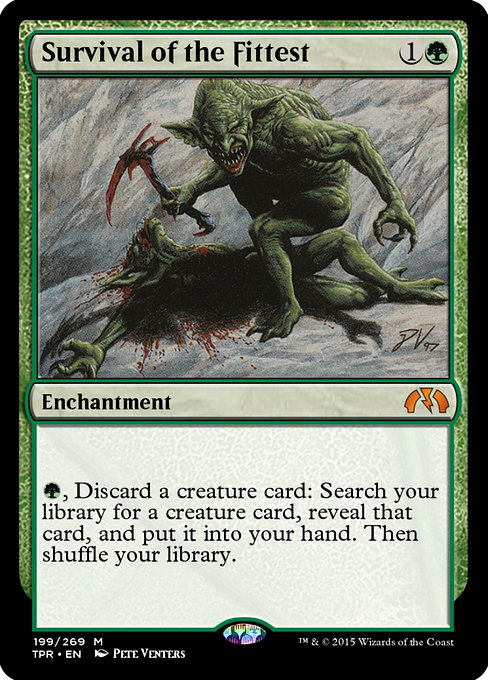
Survival of the Fittest
-
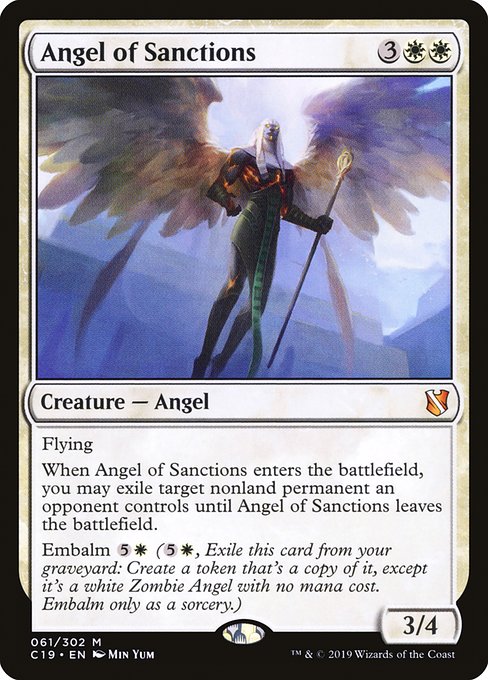
Angel of Sanctions
-
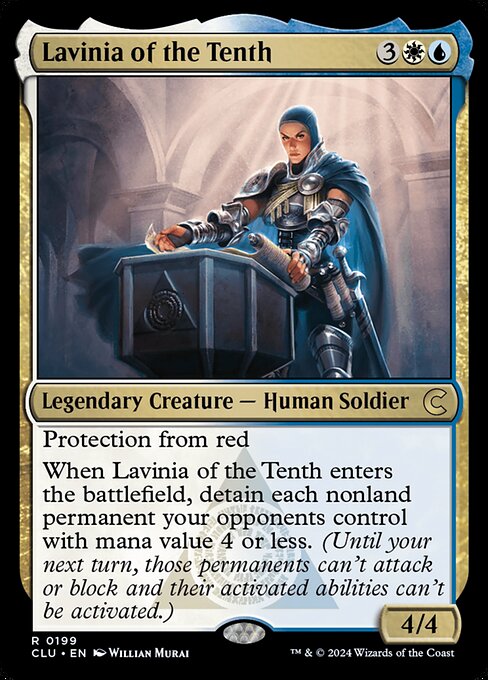
Lavinia of the Tenth
-
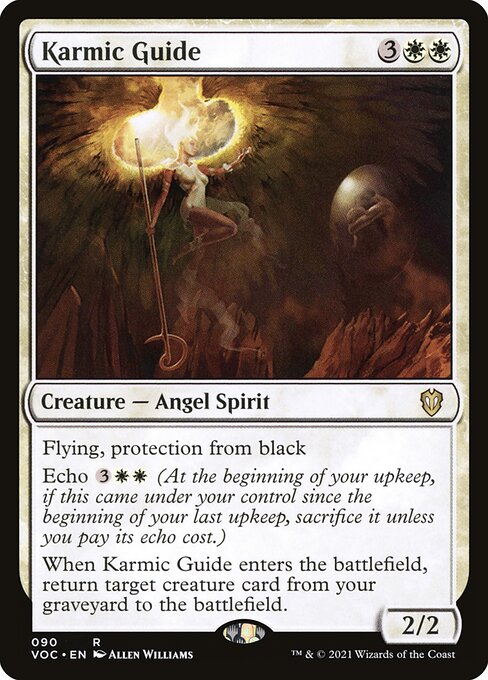
Karmic Guide
-
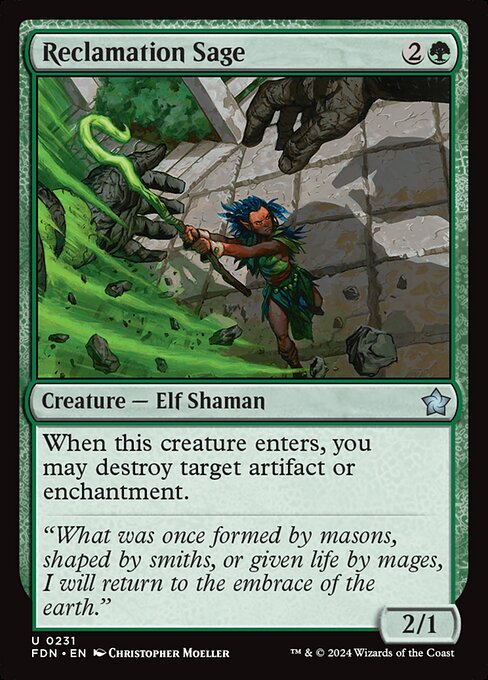
Reclamation Sage
-

Rapid Hybridization
-

Necromancy
-

Avenger of Zendikar
-

Beast Within
-
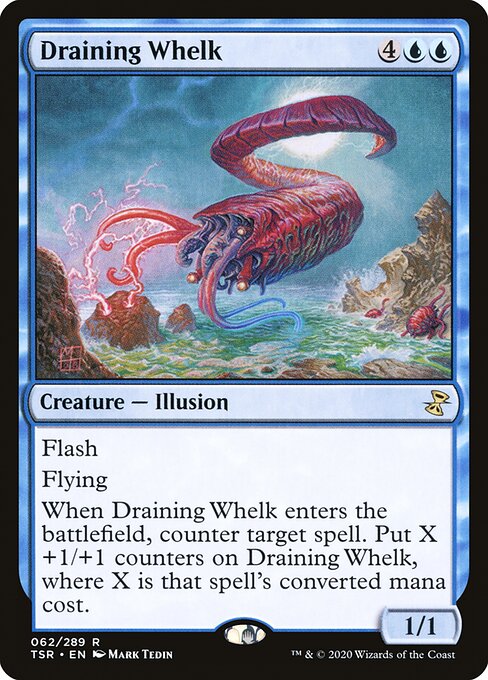
Draining Whelk
-
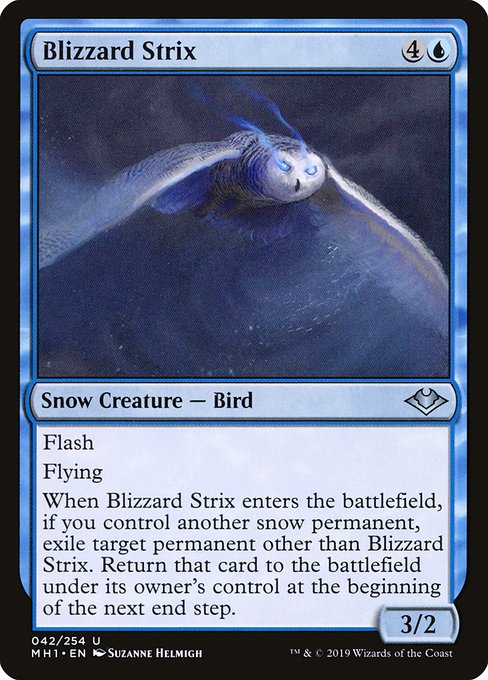
Blizzard Strix
-

Crop Rotation
-
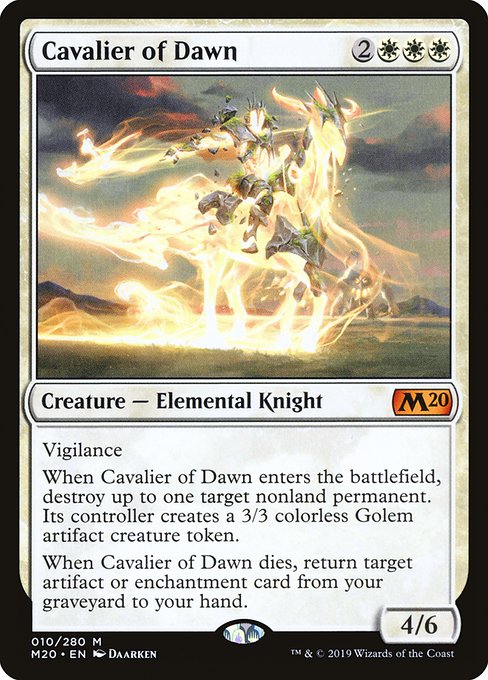
Cavalier of Dawn
Gameplay Summary
The game began with a typical ramp and setup phase, with players deploying early mana accelerators such as Soul Ring, Fintorn Elves, and Kodama's Reach.
Ishai, Ojutai Dragonspeaker, steadily grew larger as spells were cast, while Trostani, Selesnya's Voice, generated tokens and built board presence through enchantments like Bountiful Promenade.
Ashaya, Soul of the Wild, was brought back multiple times with recursion effects and used to pressure opponents with aggressive attacks.
Damia, Sage of Stone, utilized card draw and control elements to maintain a steady flow of resources and disrupt opponents. Key turning points included the exile of Ishai by Angel of Sanctions, which temporarily removed a significant threat, and the use of Survival of the Fittest and other green toolbox cards by Ashaya's player to efficiently find answers and threats.
The interaction between Glade-Muse and removal spells allowed for continuous card draw, while Lavinia of the Tenth and other control pieces slowed down aggressive strategies.
The game featured several combat skirmishes where tokens and key creatures were traded, and players used flicker and bounce effects to protect valuable permanents or disrupt opponents.
Eventually, the board state revolved around token generation, recursion, and incremental advantage through card draw and combat damage, with players vying for control and board dominance.




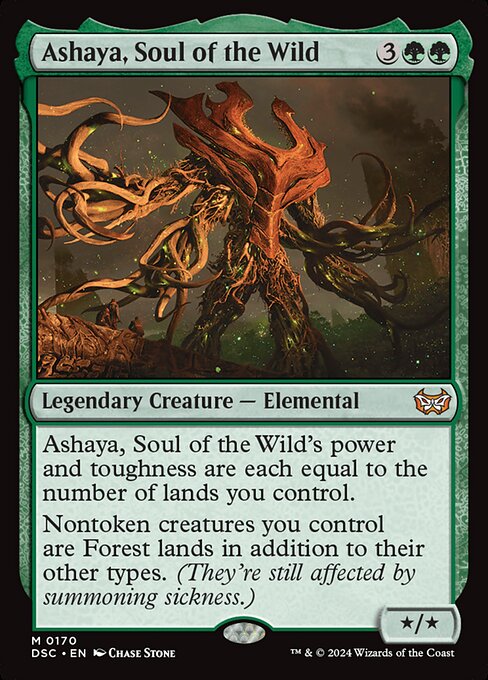





























![All Cards Under $5 [Commander VS] | Magic: The Gathering Commander Gameplay thumbnail](https://i.ytimg.com/vi/Xi9iE_MQZu8/sddefault.jpg)
















![Commander VS S14E8: Varina vs Damia vs Mina and Denn vs Varchild [EDH] thumbnail](https://i.ytimg.com/vi/JdFaJi1vTn8/sddefault.jpg)


